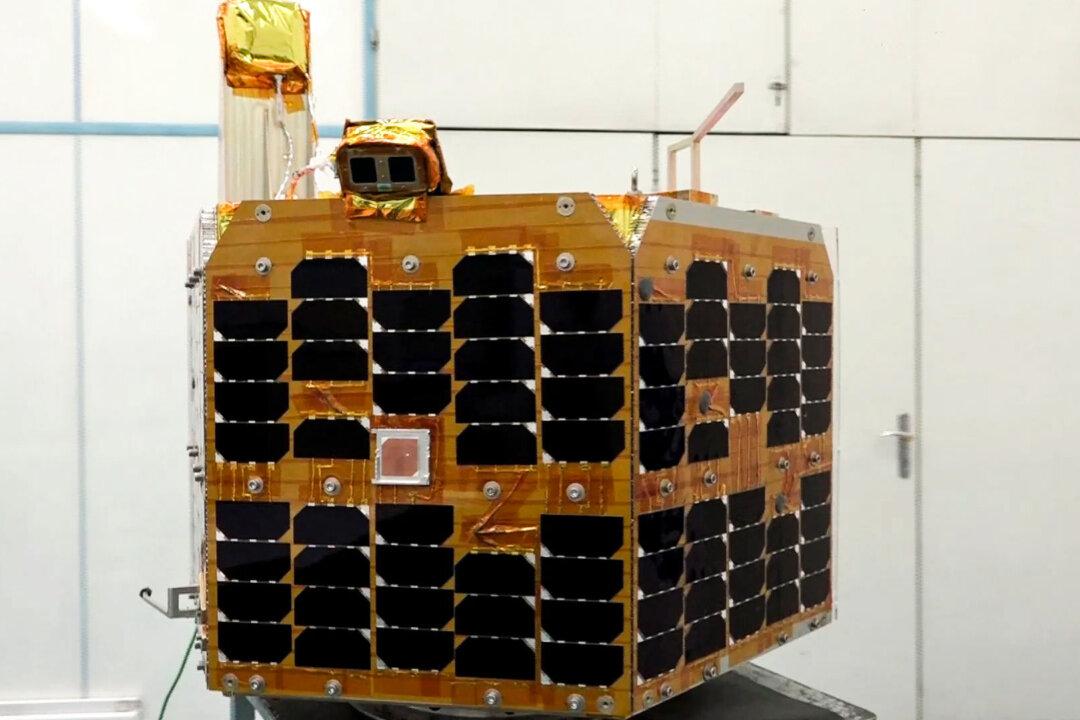Iran launched a new research satellite into space on Sept. 14, according to state media reports.
Iran’s official Islamic Revolutionary News Agency (IRNA) reported the satellite, dubbed the Chamran 1, flew to an altitude of 550 kilometers (341 miles) above the Earth’s surface. IRNA reported the satellite was carried on a Qaem-100 satellite carrier, a solid-fuel-burning rocket developed by the aerospace arm of Iran’s Islamic Revolutionary Guard Corps (IRGC) military branch.





